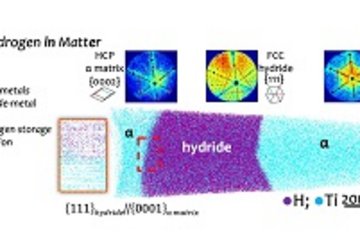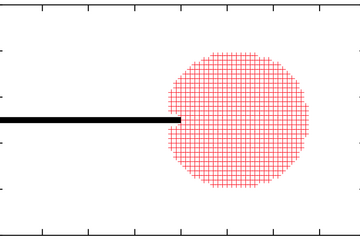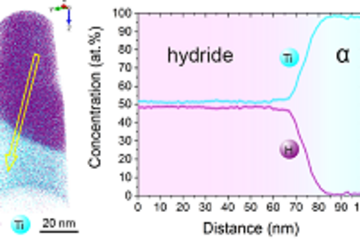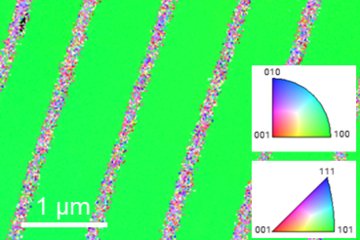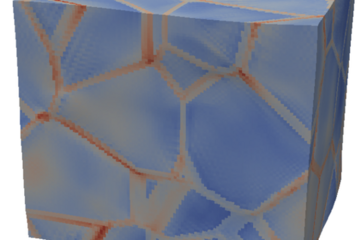All genres
121.
Talk
Automatisierung im Stahlwerk durch in-situ Ab- und Prozessgasmessung. 8. Aachener Kolloquium für Instandhaltung, Diagnose und Anlagenüberwachung (AKIDA), Eurogress, Aachen, Germany (2010)
122.
Talk
Effect of RE elements on the deformation and recrystallization behaviour of Magnesium. MagNET Workshop 5, Vancouver, Canada (2010)
123.
Talk
Deformation, Shear Banding and Ductility in Mg and Mg-Y. Materials Science and Engineering MSE 2010, Darmstadt, Germany (2010)
124.
Talk
On the role of non-basal deformation mechanisms for the ductility of Mg and Mg-Y alloys. 15th GLADD meeting 2010, Delft, The Netherlands (2010)
125.
Poster
The effect of size-independent strength on the size effect in micro-compression tests. MRS Fall Meeting, Boston, MA, USA (2017)
126.
Poster
Systematic Investigation of the Influence of Strain Amplitude, Orientation and Cycle Number on the Dislocation Structures Formed during Low Cycle Fatigue. MSE 2014, Darmstadt, Germany (2014)
127.
Poster
Systematic and efficient investigation of the influences on the dislocation structures formed during low cycle fatigue in austenitic stainless steel. Euromat 2013, Sevilla, Spain (2013)
128.
Poster
Design of ductile Mg alloys by combining ab initio and experimental methods. Euromat 2013, Sevilla, Spain (2013)
129.
Poster
Stacking Faults in fcc Iron: The Influence of Magnetism. DPG spring meeting 2013, Regensburg, Germany (2013)
130.
Poster
Effect of rapid annealing on the microstructure of FeSiNbBCu alloy. MRS Fall Meeting 2011, Boston, MA, USA (2011)
131.
Poster
Study of Deformation Mechanisms in Mg and MgY. Workshop "Facets of Electron Crystallography", Berlin, Germany (2010)
132.
Teaching
Sustainable Materials Science and Green Metallurgy (Sustainable Materials and Metallurgical Science & Engineering). Lecture: SS 2021, RWTH Aachen University, 2021-04 - 2021-07
133.
Teaching
Combined theoretical and experimental study of ductile Mg alloys. Lecture: Mg Workshop, iMdea Materials Institute, Madrid, Spain, May 21, 2013 - May 24, 2013
134.
Teaching
Combined theoretical and experimental studies of ductile Mg alloys. Lecture: Advanced Materials 2013, Zhenjiang, Jiangsu province, China, May 16, 2013 - May 19, 2013
135.
Report
Improvement of raceway monitoring under modern blast furnace operating conditions. Publications Office of the European Union, 2010, Luxembourg, Luxembourg (2010), 124 pp.
136.
Report
Online determination of the CO/CO2 concentration in the OG system in BOF converter converter - ANALCO. Publications Office of the European Union, 2010, Luxembourg, Luxembourg (2010), 106 pp.
137.
Preprint
High-resolution chemical and structural characterization of the native oxide scale on a Mg-based alloy. arXiv (2023)
138.
Preprint
Metallurgical synthesis methods for Mg–Al–Ca scientific model materials. arXiv (2023)




